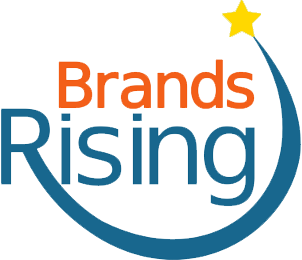A plan to support your employees should be at the core of your social advocacy program.
The secret to empowering employees to build brand advocacy in social media is clear and consistent measurement and feedback. But measurement of what? In this post I’ll tell you what to evaluate so that your program team and your socially active employees understand how they are doing and where they should focus their efforts to improve.
Most great revolutions in science are preceded by revolutions in our ability to measure. For example, the telescope revolutionized astronomy, and the microscope revolutionized biology. In both cases, our understanding of our world has evolved, and over time, we experienced more powerful outcomes.
In social media today, measurement technologies can help us to understand interactions between individuals and groups at grand scale. But many people struggle to determine an effective approach for measuring and managing performance in social media.
In one survey, Forrester Research found that 49% of B2B marketers cited their ability to use analytics for decisions as their biggest weakness. And it is a very important challenge to address. In fact, another study by McKinsey and Company found a 1-standard deviation increase in effective use of data and analytics correlated with 5 – 6% improvement in productivity and a slightly larger increase in profitability.
We believe that people tend to struggle with measuring social media for the following three reasons:
- There’s the data, TONS of it! So much data that we call it big data. Social data aggregators and monitoring tools give us filters to remove much of the data that is irrelevant to a particular need, but even those tools often produce far more information than a person can digest.
- There’s tools, endless options of social media measurement tools on the market. None of them will address all of any organization’s needs. In fact, many companies hire consultants to help choose the right bundle of measurement products, usually from multiple vendors.
- People don’t know what to measure. Social media is still very new to most people. In addition, the media and our ability to measure them are still rapidly evolving.
So what should you measure?
At the most basic level, social media is all about relationships. Unfortunately, most measurement tools or approaches focus on interactions or transactions. There are some tools which focus on conversations, but let’s not get conversations confused with relationships.
For example, Facebook ‘Likes’ are not relationships. Brands that define their goals based on a targeted number of Likes are not focusing on relationships because that kind of goal focuses on one specific interaction or transaction. Such goals do not guide an organization to nurture valuable and lasting relationships with customers.
In general, the most successful social empowerment programs provide fact-based, quantified performance feedback that encourages desired behaviors. The only way to do that is to establish a consistent measurement framework, with clear metrics that everyone understands.
You’ll need a clear and consistent framework, below is an approach I’ve used over years for both B2B and B2C brands:
• Program Readiness: continually appraise and assess the degree to which your internal capabilities are prepared to pursue and achieve the goals you set for your program or your team.
• Engagement Performance: measure the employee’s performance on social media. Measuring their performance is not the same as measuring their activity. Focus on outcomes achieved through engagement with intended audiences, not how much activity or how much content they produce.
• Business Outcomes: All of this effort should be guided by your business priorities. Think about the outcomes that matter for your organization. Maybe you want to hire the best people. Maybe you want to find new customers. Maybe you want to increase satisfaction among your existing customers. As you design your social empowerment program, you must specify the business outcomes you seek to support, and then define a plan to measure the extent to which you actually help achieve those outcomes.

To learn how to approach each of the areas summarized above, look to Chapter 3: You Will Measure New Things in New Ways of my book, The Most Powerful Brand on Earth.
